6 Easy-To-Grow Wildflowers for a Garden Bursting With Color
“Wildflowers have been some of our top-selling flower seeds this year, and for good reason,” says Sears. “Not only are they beautiful additions to the garden, but they also are great for pollinators, encouraging bees and other birds to the areas they grow in. Gardeners growing wildflowers will also likely use much less water and fertilizer, and wildflowers are easy to grow in nearly any kind of soil, making them great options for both new and experienced gardeners.”
Although wildflowers are generally easy to grow, some are easier to grow than others. Below, six seed packs for easy-to-grow wildflowers.
6 easy-to-grow wildflowers varieties
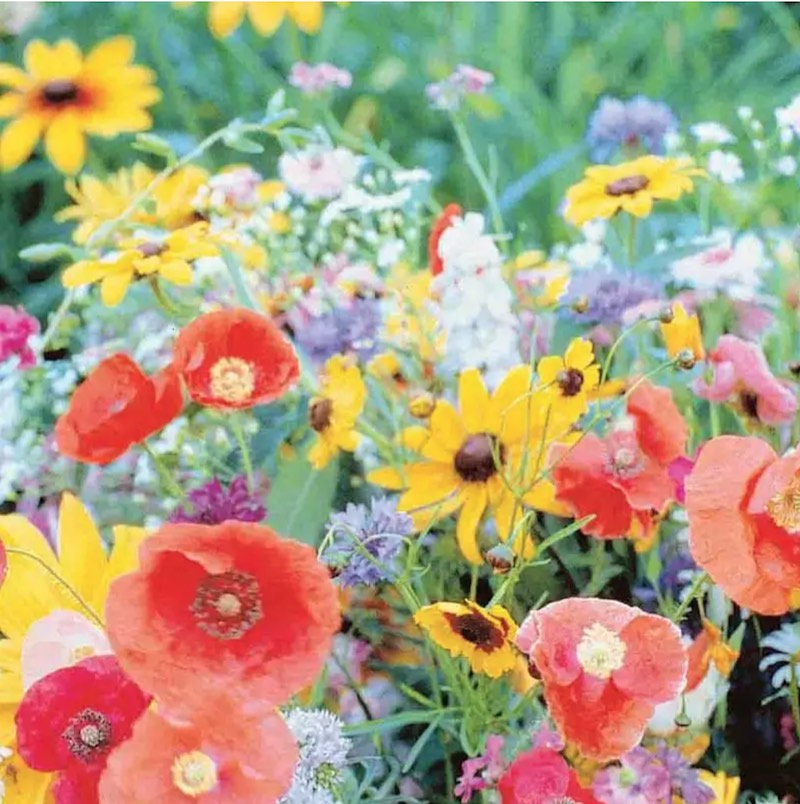
“If you’re unsure where to start with wildflowers, a Birds and Butterfly Mix of Wildflower Seeds is a great option,” says Sears. “This mix provides a delightful array of both annual and perennial wildflowers including Marigolds, Bachelor’s Buttons, Sweet Williams, and more, and is designed to create a spectrum of color throughout the growing season.”
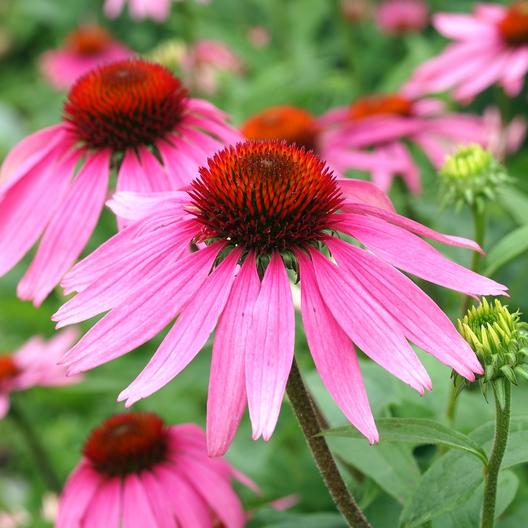
“The North American native Purple Coneflower is a gorgeously dark, cone-shaped perennial wildflower with purple petals to bring vibrant colors to the garden,” says Sears. “Coneflowers are known to grow tall, usually between two to four feet depending on the variety, so they’re a great pick if you’re looking to add visual interest to the garden through plants of different heights.”
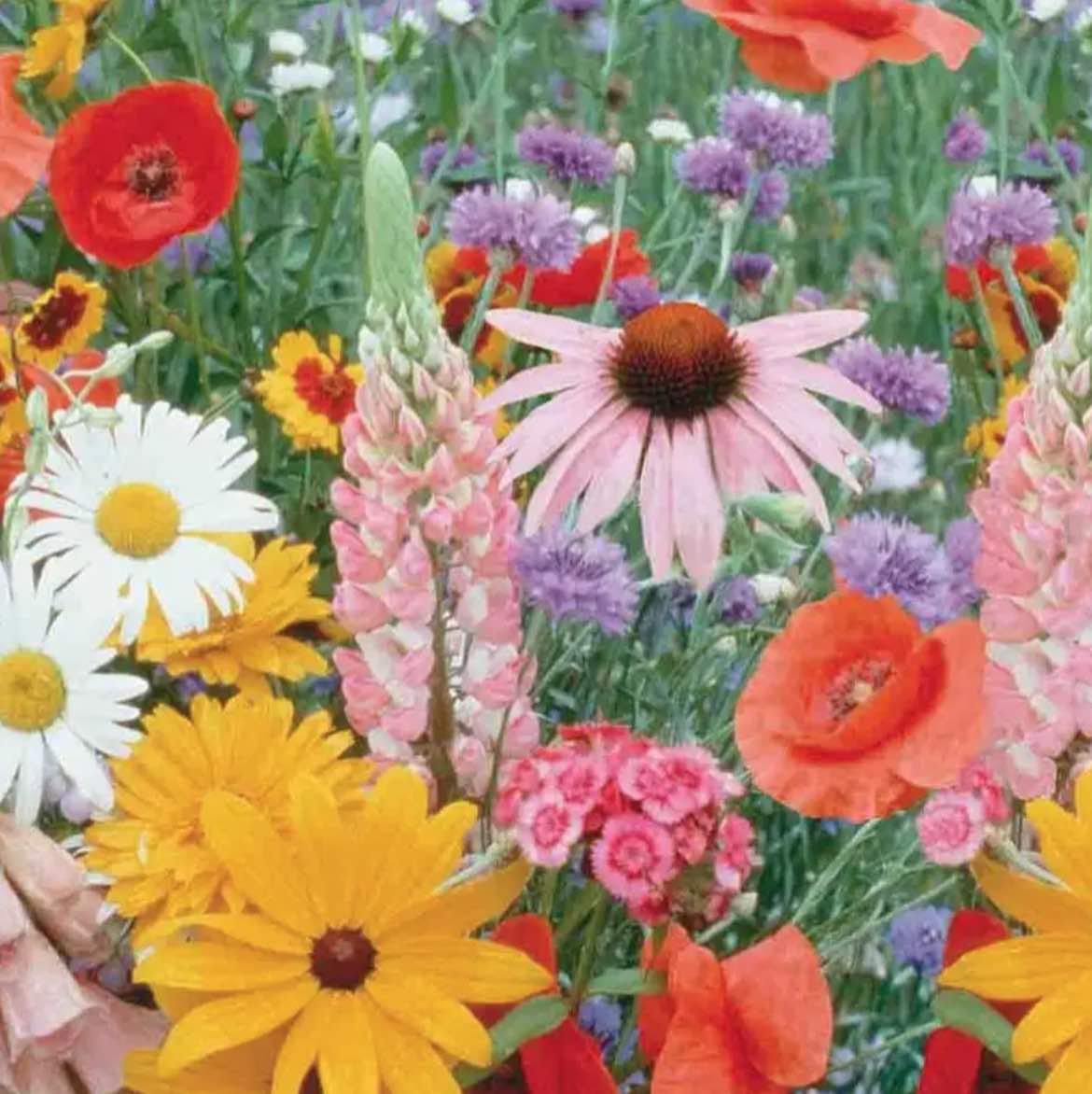
“Another variety mix with both annuals and perennials is the Wildflower Meadow Mixture,” says Sears, “containing 20 wildflower species including Garden Cosmos, Foxglove, Baby’s Breath, and Black-Eyed Susan, and will provide endless color and naturalized beauty with little maintenance required.”
{{post.sponsorText}}
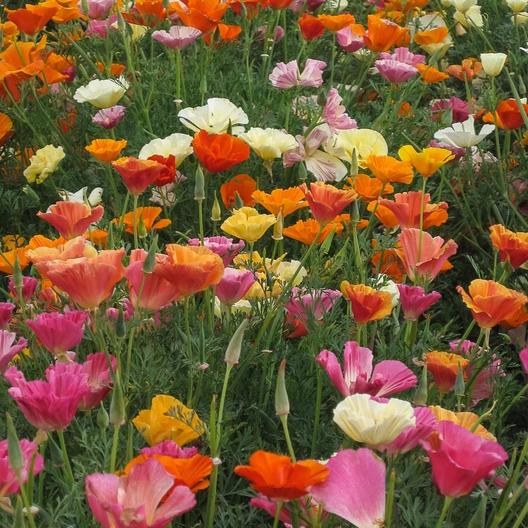
“The Mission Bells California Poppy is an annual with a soft, sweet scent and beautiful, delicate bell-shaped blooms that showcase a mix of shimmering jewel tones,” says Sears.
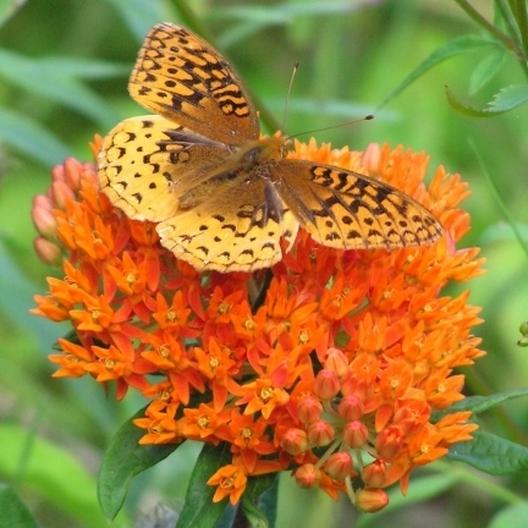
“Butterfly Weed, also known as Milkweed, offers bright orange flowers in the summer, followed by pointed seed pods,” says Sears. “This variety is great for adding to cut flower arrangements and is true to its name for attracting butterflies to the garden.”
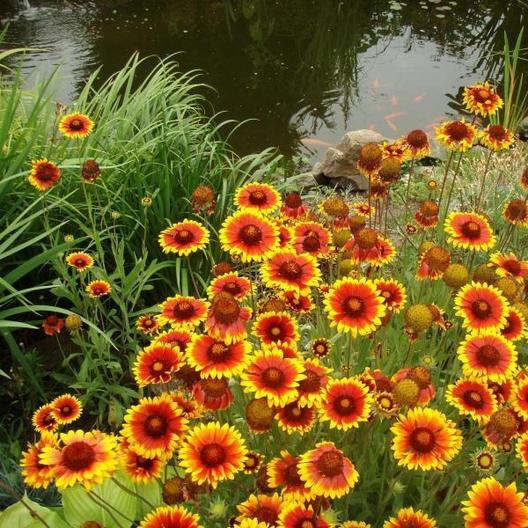
“The Blanket Flower is a large, daisy-like species offering brilliant bright colors that will up your garden wow factor,” says Sears. “They bloom heavily from early summer all the way into late fall and are beautiful additions to cut flower bouquets.”
What to know about tending to wildflowers
Depending on your goals, you can plant annual wildflowers, which need to be replanted every year, or perennial wildflowers, which will come back year after year.
“Annuals provide beautiful blooms the year you plant them, and bloom for longer during the season. With perennials, you need to wait until the second year of growth for the best blooms as they spend their first year establishing roots, but once established they have the benefit of coming back year after year,” says Sears. “Planting a mix of annuals and perennials is ideal when starting a wildflower garden, as you’ll benefit from the pops of color from the annuals in the first year, and then the perennials will step in and provide the beautiful blooms the following year and beyond.”
Generally, wildflowers bloom between 30 and 90 days of planting. “It will depend on the specific variety you are growing and whether it’s an annual or perennial,” says Sears. If you plan to cut wildflowers to make bouquets, Sears says for annuals, the cutting the act of cutting “will promote more blooms since the biology of annuals is geared to produce seed-producing blooms to carry on the species." Perennial varieties such as Purple Coneflowers, Black-Eyed Susan, and Shasta Daisies are ideal for wildflower bouquets and will continue to produce flowers.
Wildflowers tend to grow well in most areas and don’t usually require special soil, making them great flowers to plant just about anywhere. “Wildflowers are successful in adapting to their environment, but most varieties do best in full sun, with minimal shade,” says Sears. “Many people choose to grow only native wildflower species in order to support local ecology and biodiversity.”
With easy-to-grow wildflowers, you can turn your garden into the mini meadow of your dreams.
Oh hi! You look like someone who loves free workouts, discounts for cult-fave wellness brands, and exclusive Well+Good content. Sign up for Well+, our online community of wellness insiders, and unlock your rewards instantly.
Loading More Posts...